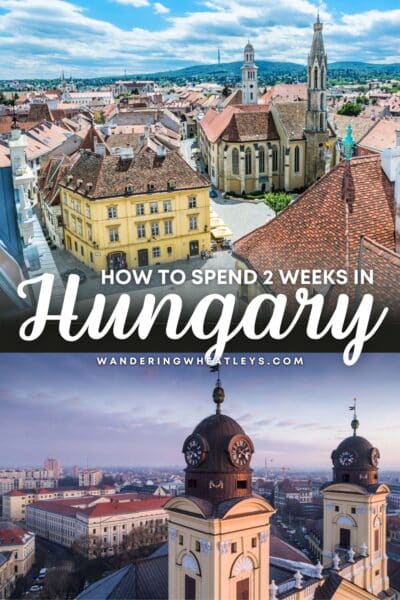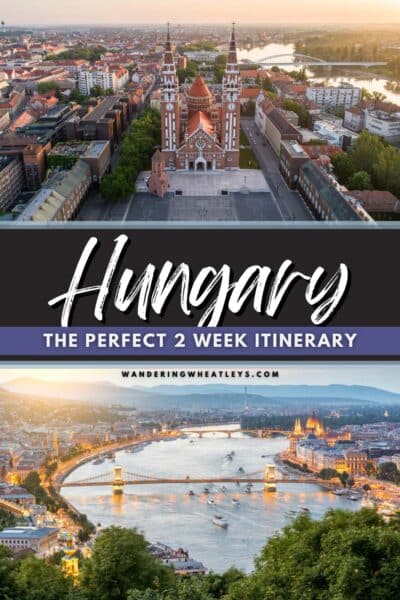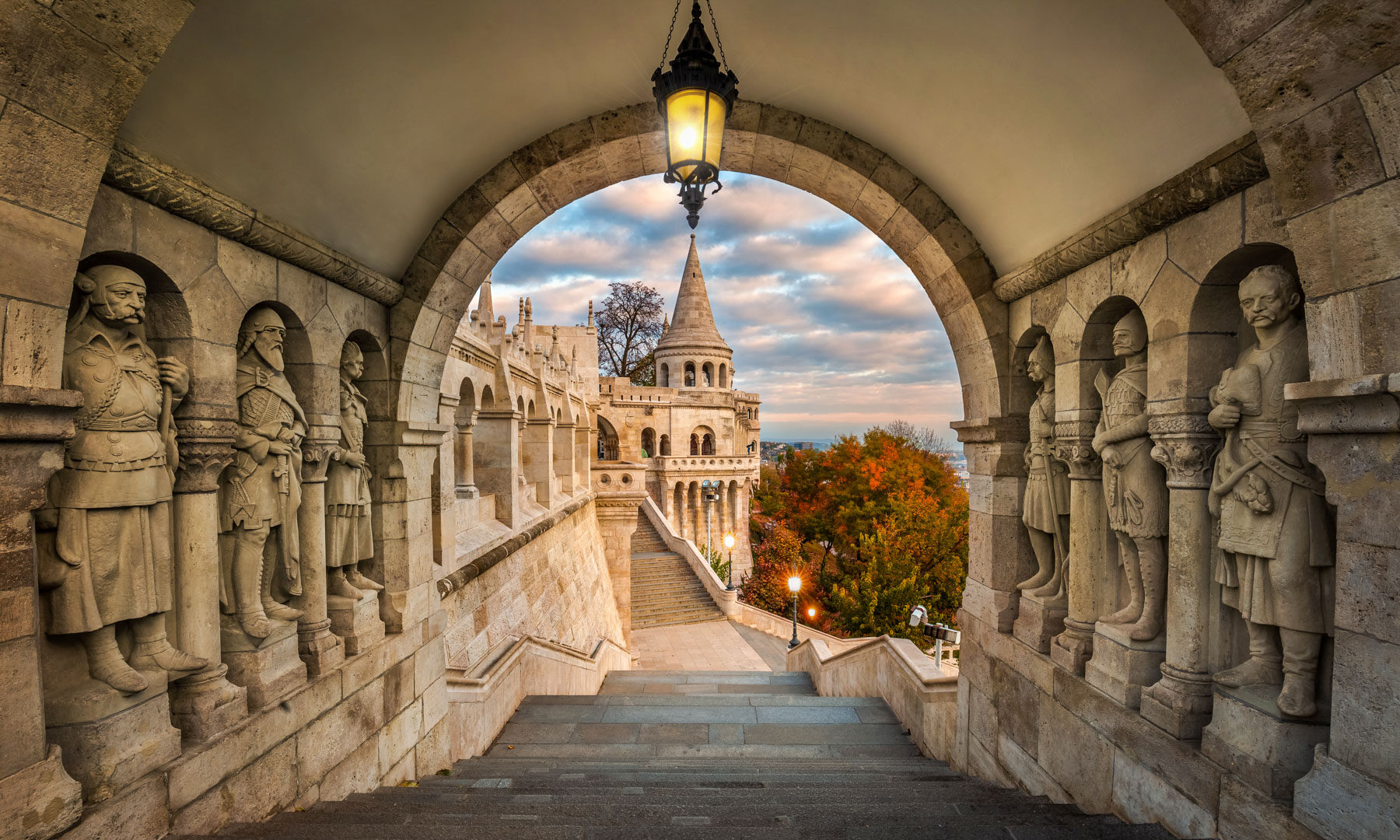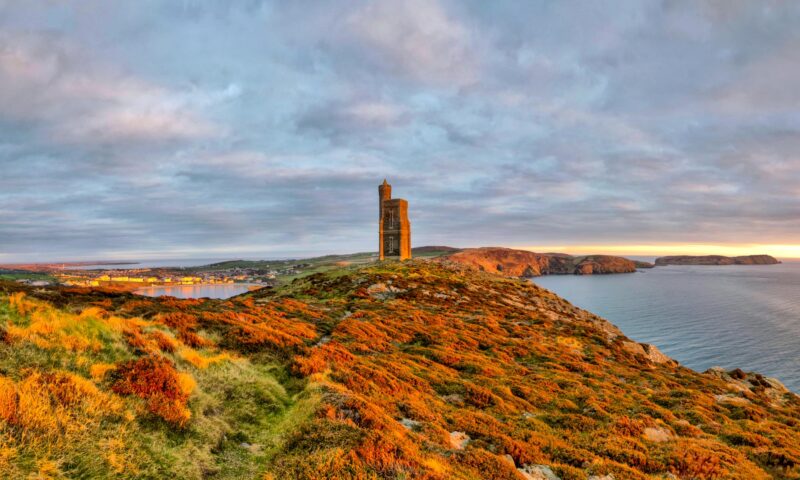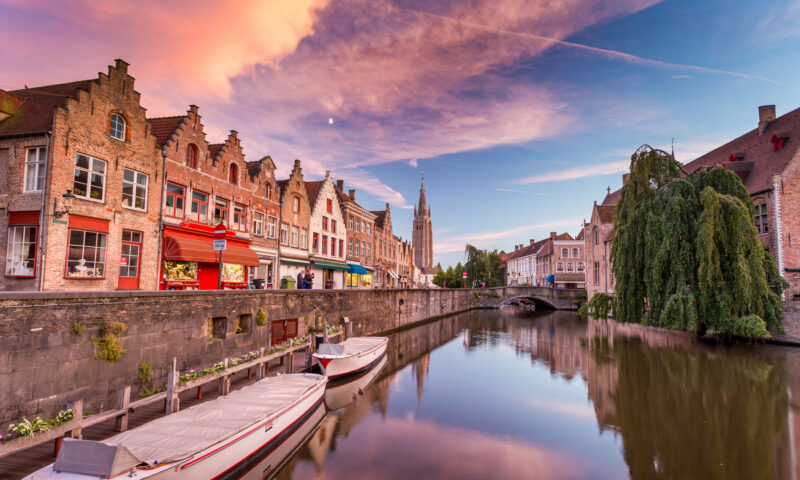From thermal spas and fairytale architecture to towering mountain peaks and endless steppe, Hungary is a destination that never fails to entrap even the most seasoned European vacationers.
Your 14-day Hungary itinerary begins in Budapest, where you’ll explore the castles and palaces of Buda before soaking up the culture and nightlife in Downtown Pest. You can follow up a night out in the Hungarian capital’s famed Ruin Bars with a soak in the soothing mineral waters of Budapest’s historic public baths before day-tripping north along the Danube to ancient royal capitals and crumbling castles.
But remember, Hungary is more than its iconic capital city. While Budapest has enough allure to keep you for 2 weeks – if not longer – our Hungary itinerary sees you traveling to parts unknown. First, you’ll journey to the mountainous northeastern border with Slovakia, where you can scale high peaks, explore deep subterranean cave systems, or relax in rural vineyards in the Hungarian countryside.
From the mountains, you’ll travel to the broad steppe of Hortobagy National Park, where the first Hungarian horsemen and herders settled in Europe. Explore Debrecen, then visit the southern cities of Szeged and Pecs before you arrive on the banks of Lake Balaton for a well-earned break at Hungary’s most popular holiday destination.
Your 2 weeks in Hungary come to a close when you reach the wineries of Sopron in the northwest, where you’ll sample the nation’s finest vintages before saying goodbye. If you’re getting set for a Central European adventure, then keep reading as we explain exactly how to plan the perfect 2-week Hungary itinerary!
Disclaimer: This post may contain affiliate links. If you make a purchase or booking through one of our links we may earn a small commission (don’t worry, it’s at no extra cost to you).
Two Weeks in Hungary
Preparing for Hungary
A little bit of advance preparation can ensure that your trip to Hungary goes smoothly. Firstly, it’s helpful to know that Hungary is a European Union member nation in the Schengen Zone. If you’re also from a European Union member nation, you’ll be able to live and work in Hungary with no restrictions.
For other nationalities, such as the UK, US, Australia, and New Zealand, you can enter Hungary visa-free, but your stay counts toward the total number of days you’re allowed to stay in the Schengen Zone. Currently, this is 90 days within 180 days. If you’re on an extended European trip, remember to keep track of how long you’ve been in the Schengen Zone. Other nationalities may need a Schengen Zone visa to enter Hungary.
Although Hungary is in the Schengen Zone, it’s not in the Eurozone. Hungary’s currency is not the Euro, but the Forint (HUF), which currently holds a low value against the Euro, Dollar, and Pound Sterling (1 USD is worth around 350 HUF at the time of writing). Forint isn’t widely available outside of Hungary, but you’ll be able to exchange cash when you arrive or, better yet, withdraw money straight from an ATM.
As soon as you arrive, you’ll be immersed in the Hungarian language. Unless you’re a linguist, though, don’t expect to be able to speak too much Hungarian after only 2 weeks in Hungary.
The language isn’t related to any neighboring European languages, although it’s written in the Roman alphabet. Instead, Hungarian is related to languages that developed in the Urals several thousand years ago, and it’s distantly related to modern Finnish rather than German or Slovak.
Hungarian is notoriously difficult to pronounce, but you’ll endear yourself to the locals if you try. In Budapest and other areas of Hungary that see large numbers of tourists, English is widely spoken as a second language.
The Best Time to Visit Hungary
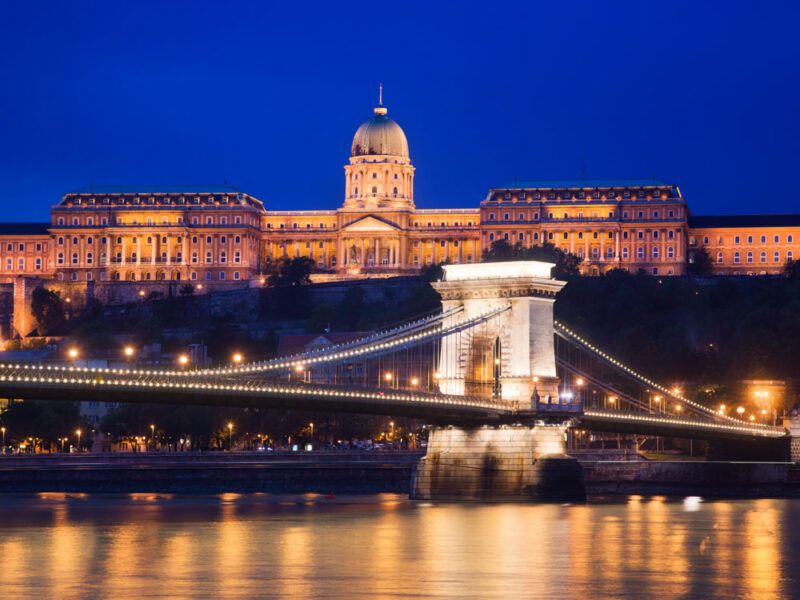
Hungary is located in Central Europe, and its landlocked geography ensures that the country experiences a continental climate. This means that seasonal differences can be extreme in Hungary.
The winters are cold, with snow and ice turning Hungary into a wintery wonderland between November and February. Temperatures often drop well below freezing even in big cities like Budapest, while in the mountains, conditions are even harsher. Winter is the perfect time for a thermal bath in Budapest, while the cities are packed with tourists visiting the Christmas markets.
The summers couldn’t be more different, and the long, hot days can become unbearably hot in June, July, and August when temperatures reach highs in the late 20s (80s in Fahrenheit).
It’s swelteringly hot in Budapest, and it might seem that all of the capital is in Lake Balaton, where Central Europe’s largest lake offers a refreshing escape. Summer is the time to revel in Hungary’s festival season, although you’ll have to endure higher prices and larger crowds.
If you’re in Hungary for hiking, then spring or autumn are beautiful times to visit. The countryside (and the wineries, in particular!) is a fantastic place to stay during autumn when the harvests are being collected. Any time of year is a good time to visit Hungary, and the best time to visit really depends on what you’re planning to see and do.
Getting Around Hungary
Hungary sits at the crossroads of Central Europe. The large nation shares land borders with Austria, Slovakia, Ukraine, Romania, Serbia, Croatia, and Slovenia, with excellent road and rail connections to major European capitals like Vienna, Bratislava, Zagreb, and Belgrade, to name just a few.
This makes it easy to arrive and depart Hungary by bus, train, or car, and it’s a popular stop on European travel circuits. Hungarian cities are well connected internationally by long-distance sleeper trains, while major airlines fly into Budapest International Airport and budget airlines connect smaller cities like Debrecen.
If you’re arriving in Budapest, you can transit into the city center on trams, buses, and by using the metro system. Just remember to validate your ticket before you get on any public transport in the capital.
From Budapest, you can take trains and buses all over Hungary (try Flixbus for affordable buses that can be booked online). In other cities, there are trams and public buses, while ride-sharing apps like Uber and Bolt are an excellent way to get around quickly.
Hungary might be landlocked, but you’ll be able to spend some time getting around on boats. The River Danube is the lifeline of the nation, and it’s plied by ferries and cruise ships throughout the year. You can even take a cruise all the way to Vienna.
Hungary Itinerary: 2 Weeks to Explore the Highlights of the Country
Budapest – 3 nights
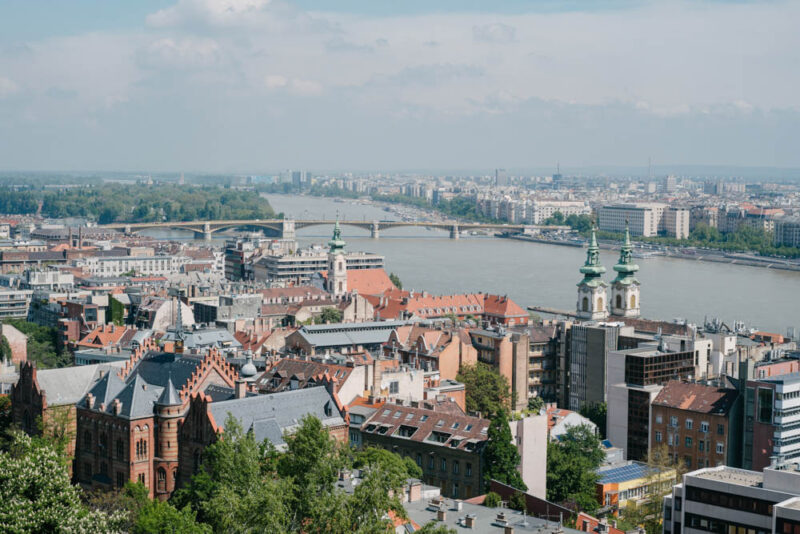
Budapest has enthralled travelers for centuries. Divided by the River Danube, the glamorous regal heights of Buda overlook the flat streets of Downtown Pest, and you’ll explore both sides of the Hungarian capital as you spend 3 nights in the city.
Budapest is the perfect place to start your Hungarian adventure. You can fly in from most major international airports, or you can arrive by bus, train, or boat as generations of tourists did before the onset of mass air travel. Jump on Budapest’s metro (it’s the second-oldest underground railway in the world), and make your way to Deak Ferenc Square to settle into the city.
Downtown Budapest
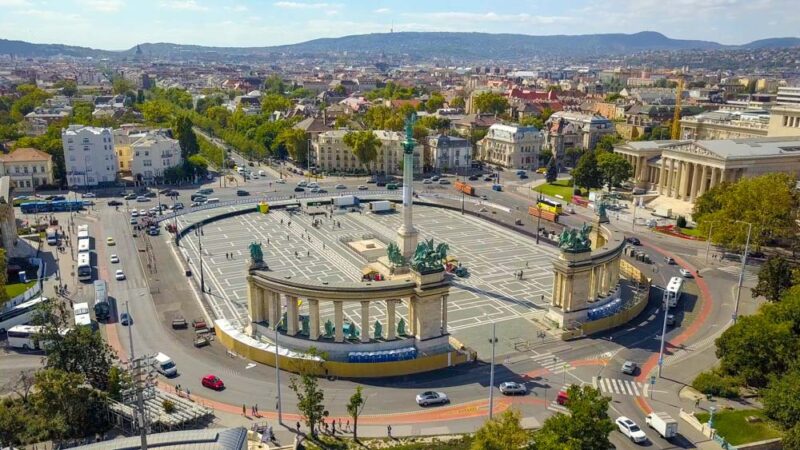
You can spend a lifetime in Budapest and still find new things to do, so with just 3 days, it’s time to get started on the highlights. We recommend a walking tour of Downtown Budapest (this is the Pest side of the river) to gain an overview of the city’s layout, its character, and its history.
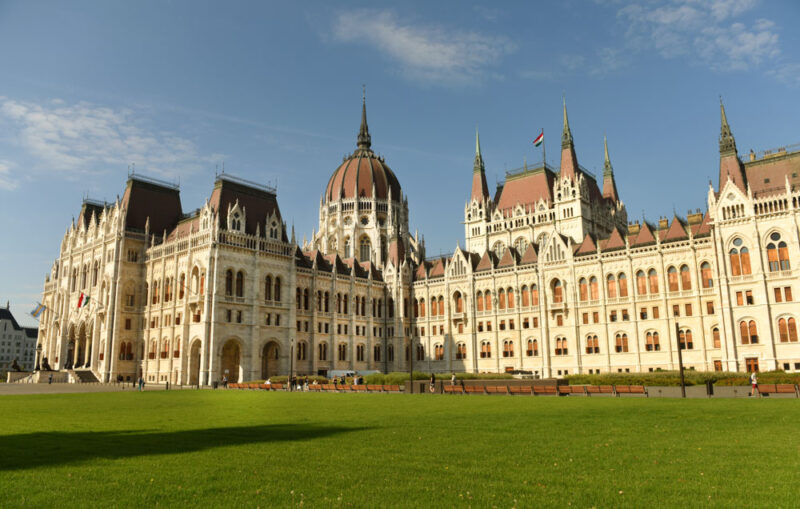
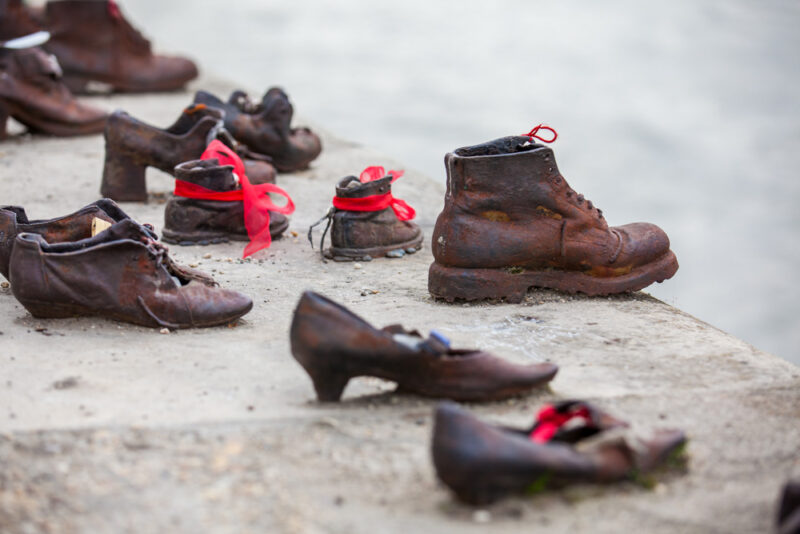
There are several walking tour companies in Budapest, and while you’ll want to start with the standard tours, you can also pick from communist-themed tours, tours of the Jewish District, or nightlife tours in the evenings.
Walking tours will take you to highlights like the Hungarian Parliament Building (one of the largest buildings in Europe), St. Stephen’s Basilica, and the Hungarian State Opera. Take a stroll along the River Danube, where you’ll see the “Shoes on the Danube,” a moving memorial to the Jewish victims killed here during World War II.
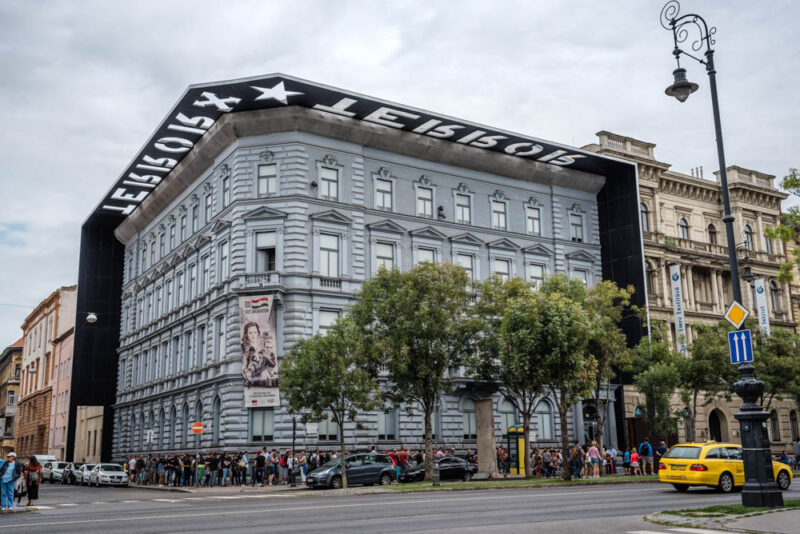
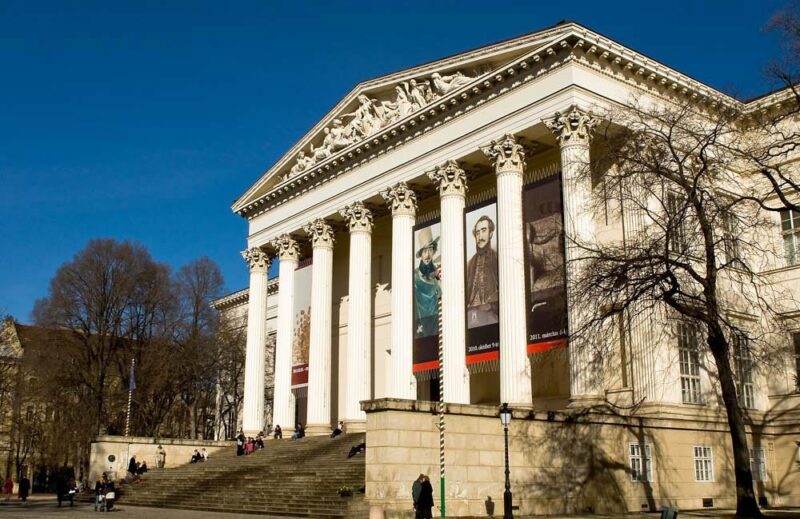
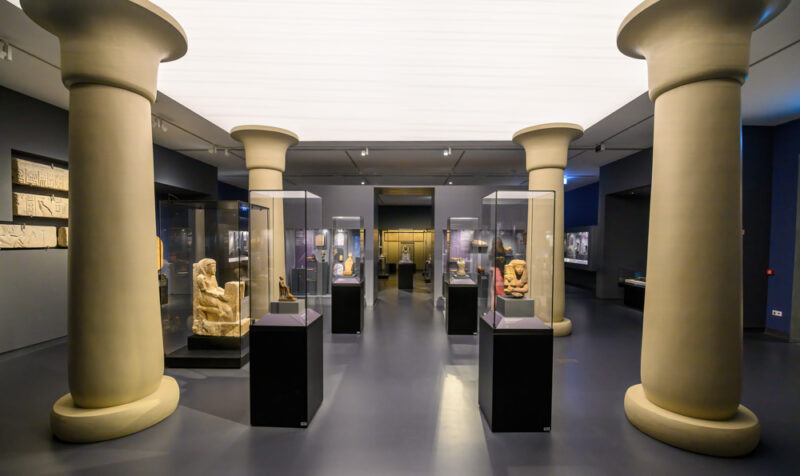
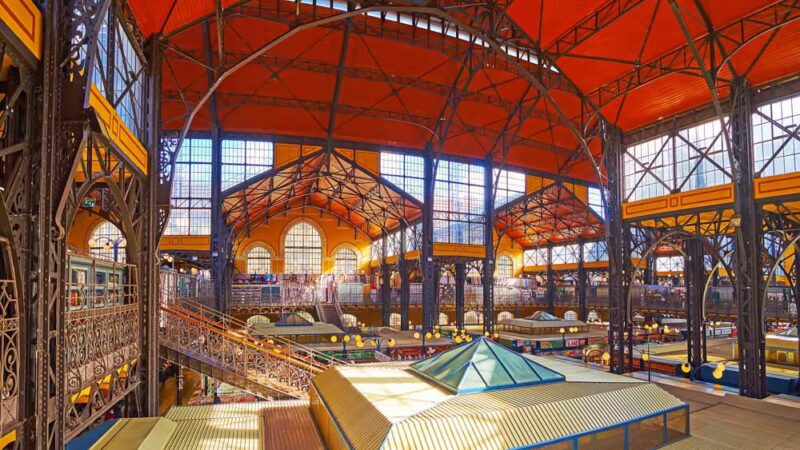
You can also visit museums like the House of Terror to learn more about the secret police’s reign of terror during Hungary’s fascist and communist eras in the 20th century. You can visit the Hungarian National Museum and the Museum of Fine Arts, and you can forge on food peppered with paprika at the Great Market Hall.
Castle Hill
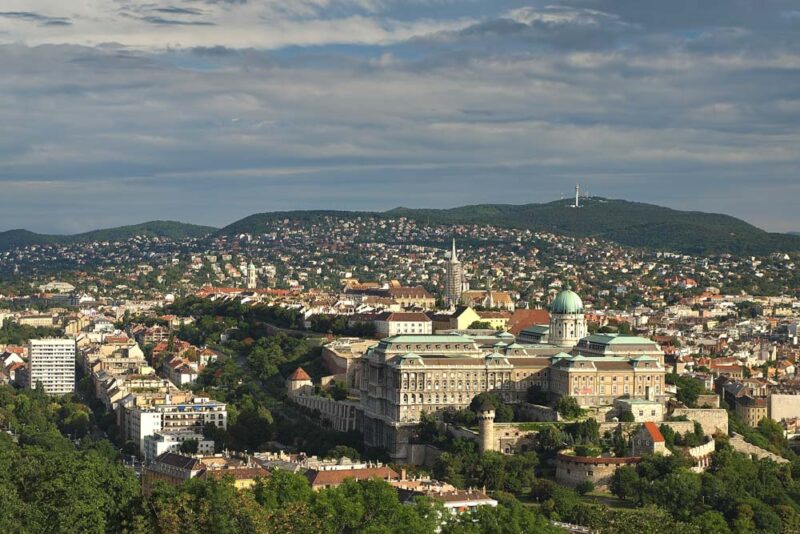
Across the river, prepare yourself for a stunning panorama when you take the funicular to the top of Castle Hill. The views are glorious when you stand at Fisherman’s Bastion, while the sunset over Szechenyi Bridge below from the heights of Gellert Hill by the Liberty Statue is phenomenal.
On Castle Hill, you can also tour the former royal palace, explore the historic architecture of the Old Town, and learn about the Siege of Budapest during World War II at the Hospital in the Rock Museum.
Memento Park
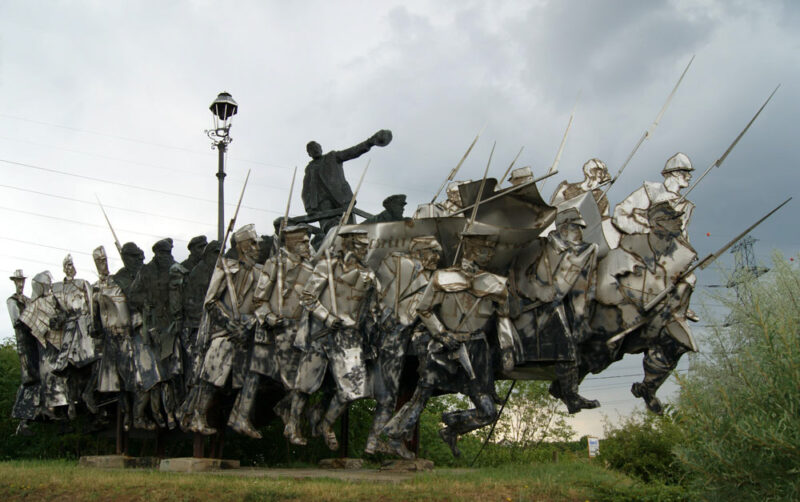
If you’ve still got time, you can take a half-day tour of Memento Park, where Budapest’s communist statues were sent to an open-air museum after the fall of the regime in the 1990s, or you can take a boat north along the River Danube to the former royal city of Visegrad.
You’ll be on the go constantly in Budapest, and nightlife lovers will have a roaring time at the iconic Ruin Bars in Pest. These were once abandoned buildings, and they were taken over by makeshift bars that have now morphed into huge quirky drinking bars, complete with art galleries and street food markets that form the core of the city’s nightlife offerings. The original is Szimpla Kert, while you’ll also love Mazel Tov and Instant-Fogas.
Thermal Bathhouses
Szechenyi Thermal Baths
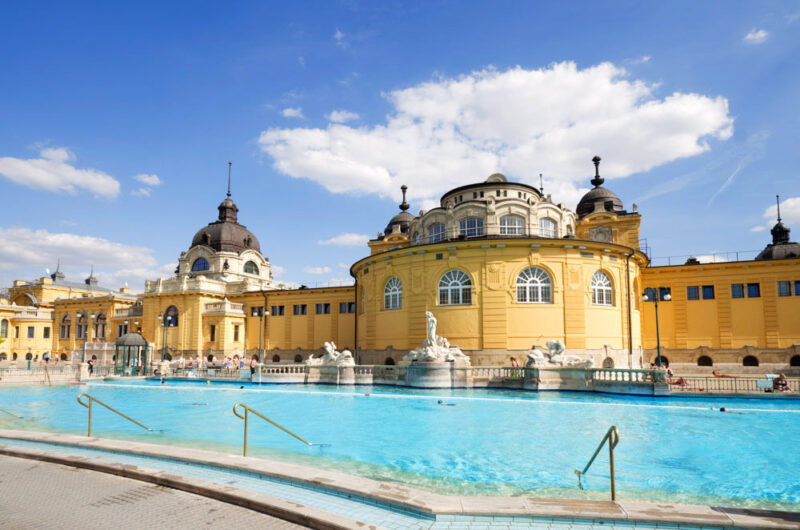
If you’re feeling the strain the next day (or just love a good spa session), then you’re in the right city. Budapest is also renowned for its thermal waters, which have been channeled to bathhouses since Roman times. The biggest bathhouse is Szechenyi Thermal Baths, but you can also try smaller art deco bathhouses like Gellert Baths and Lukacs Baths, which are often quieter.
Gellert Baths
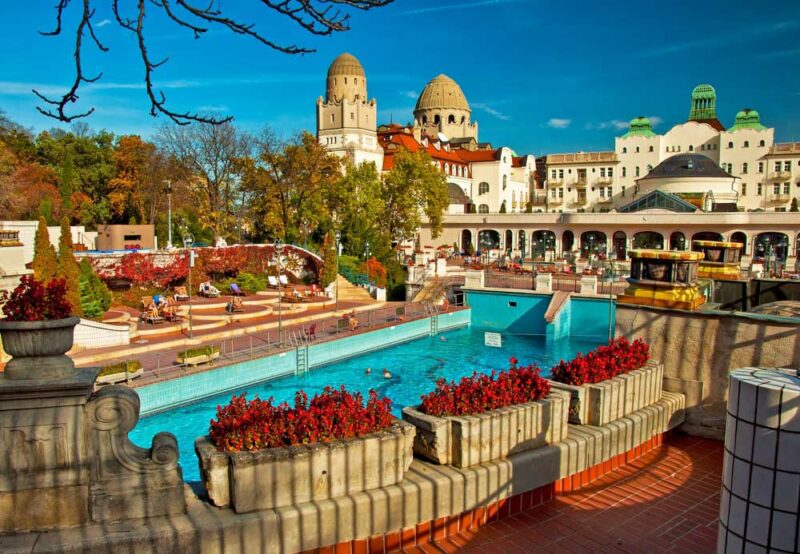
Miskolc – 2 nights
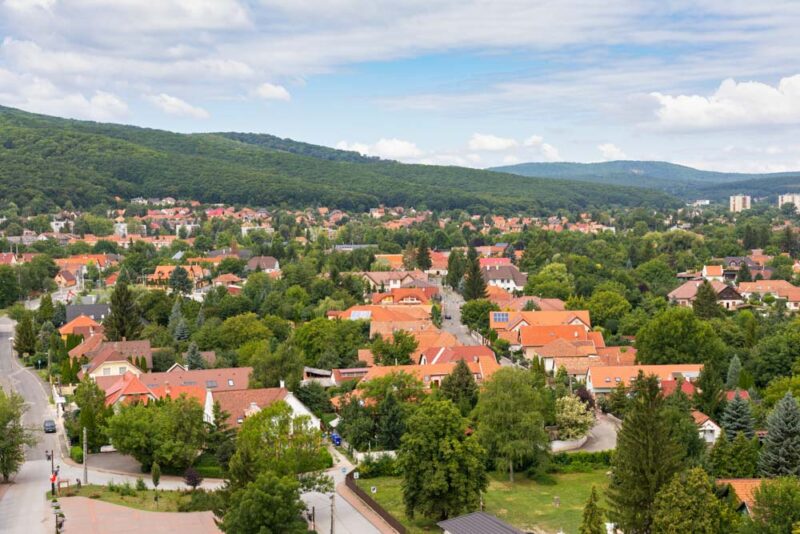
Now it’s time to escape Budapest. If you can draw yourself away from the bathhouses and bars of the capital, you’ll find that you’re one of just a handful of travelers who do so. That’s just perfect, though, because you’ll have the next stop all to yourself.
Bukk National Park
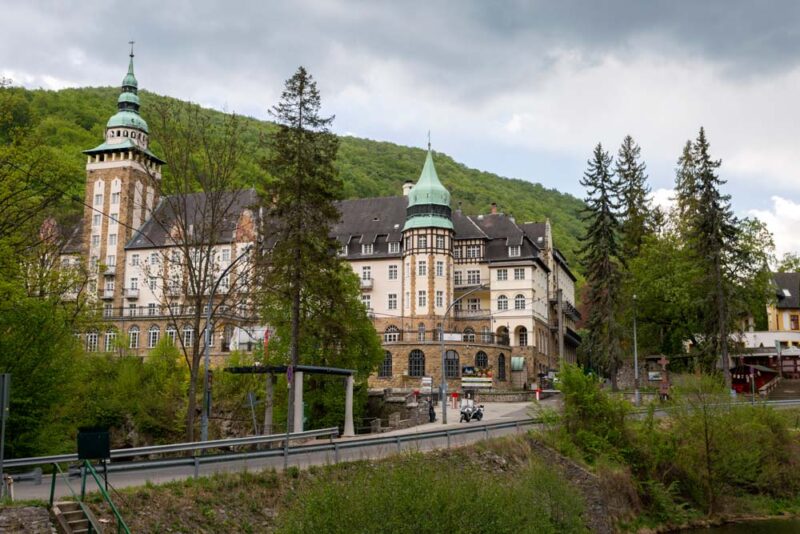
You’re traveling 2 hours east to the city of Miskolc, which just happens to be the gateway to some of the most beautiful places to see in Hungary. While Miskolc is a fairly industrial city, it’s just a short drive away from the tranquility of Bukk National Park. We recommend booking a room at the Palace Hotel in Lillafured, an opulent neo-renaissance building that sits on the beautiful shores of Lake Hamori.
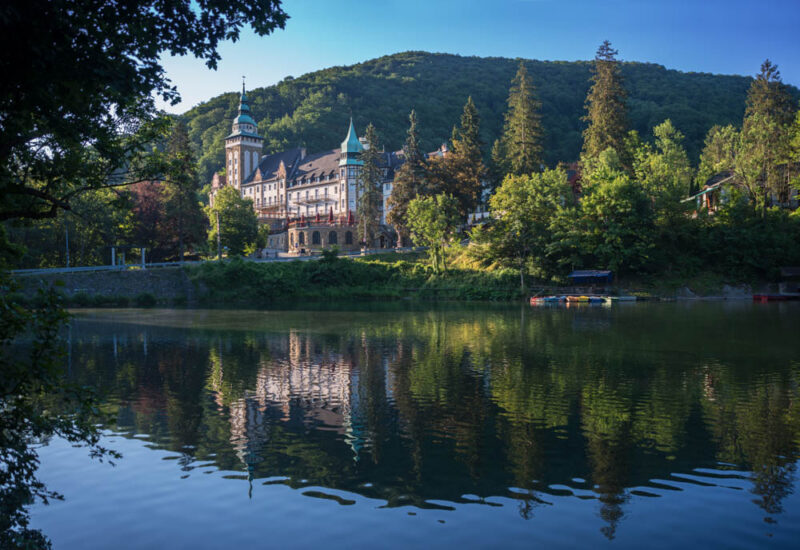
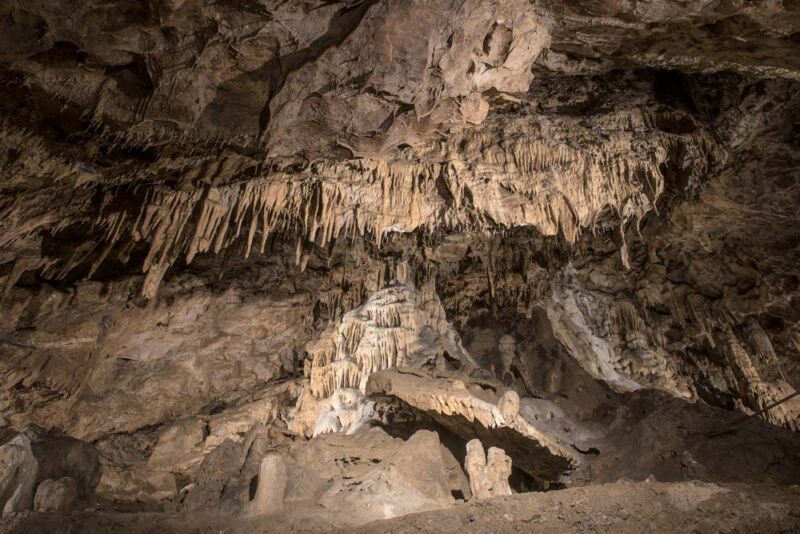
Bukk National Park is where the northeastern mountains begin, and you can hike to Hungary’s largest waterfall, explore Lake Hamori, and ride the magnificent narrow-gauge Lillafured Forest Railway. This is Hungary’s largest national park, and you’ll find it’s home to Istvan Cave, the country’s deepest and longest cave. It’s some 400 meters long and 245 meters deep (1,312 feet long and 804 feet deep)!
Aggtelek National Park
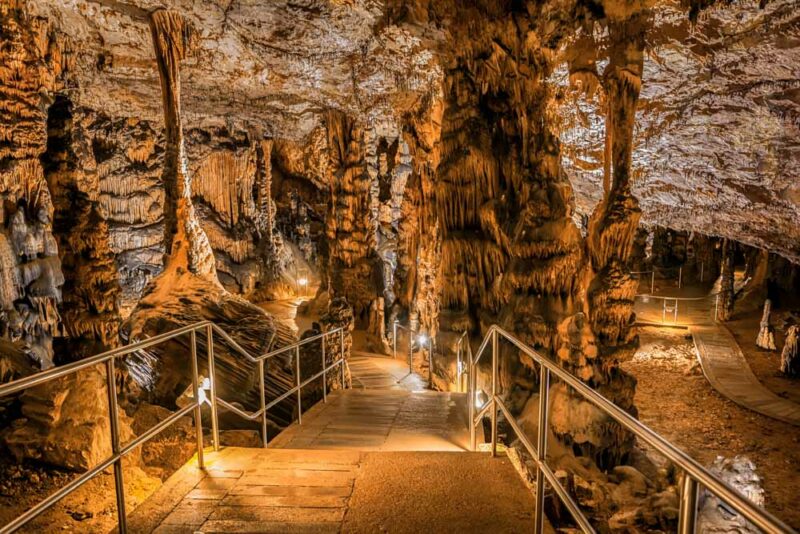
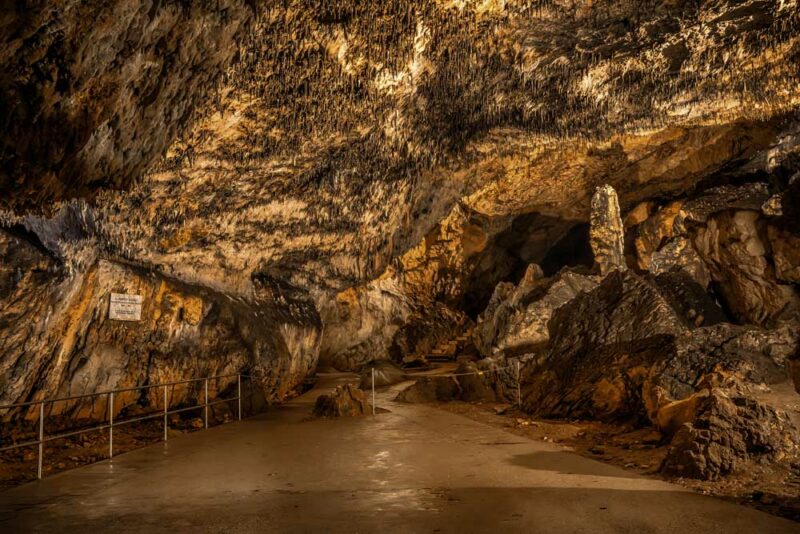
You can also day-trip to Aggtelek National Park, where extensive cave systems cross the border into Slovakia. The nearby city of Eger is an art deco dream, while the Tokaj Wine Region is renowned for its vineyards and rolling hills.
Debrecen – 2 nights
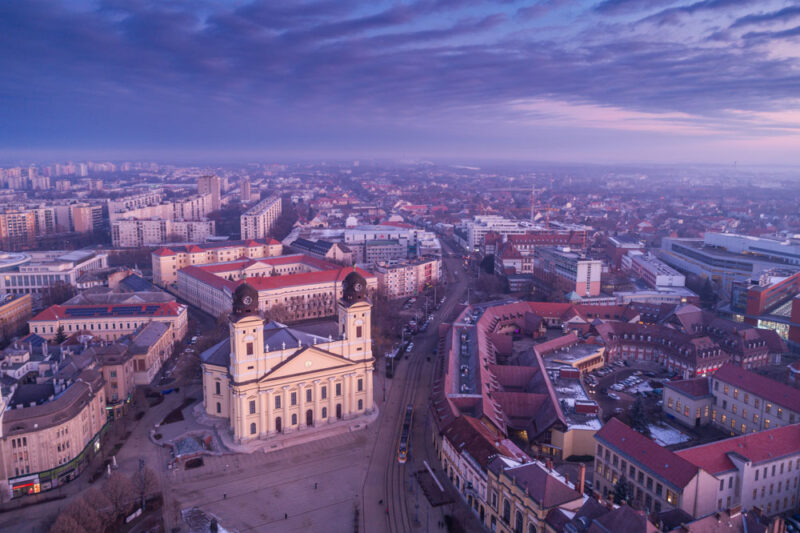
From Miskolc, you’ll be journeying southeast to the city of Debrecen, Hungary’s second-largest city. Although Debrecen is only 1/10th the size of Budapest, the city has a stronghold on the national character, and it’s a wonderful place to visit on your Hungary itinerary.
Debrecen was founded by the first Hungarians to arrive on the steppe, and the city is the gateway to the great Hungarian plains. For centuries, it was the most important city in Hungary and even served briefly as the Hungarian capital during the 1848-49 Hungarian Revolution.
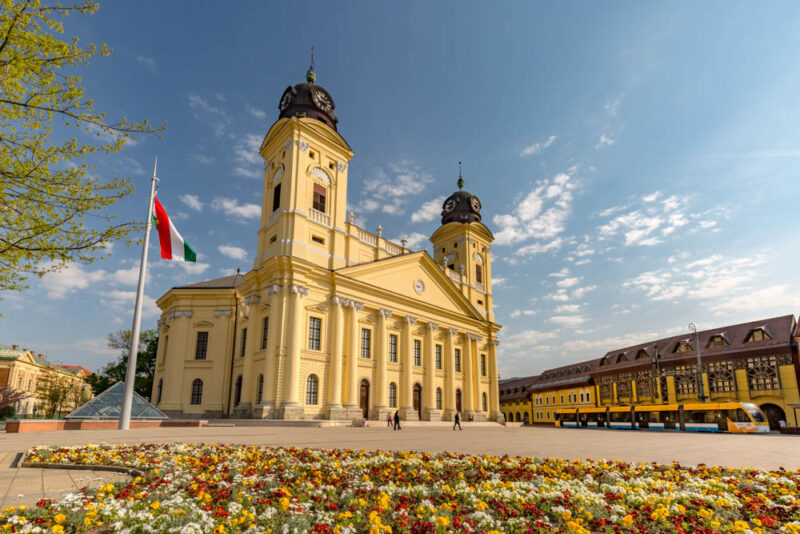
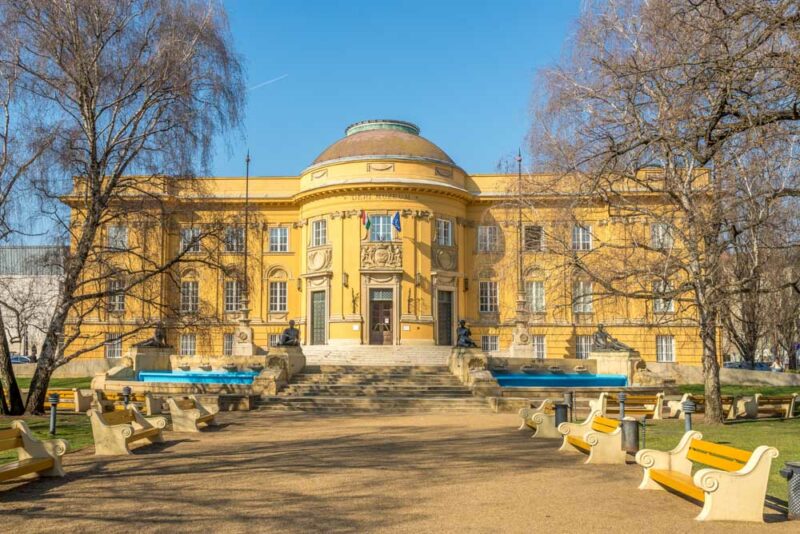
You’ll love the laid-back feel Debrecen has (compared to Budapest), and you can spend your first day strolling between historical sites like the Great Reformed Church (where independence was declared in 1848), the Deri Museum (a baroque museum dedicated to art and history), and the MODEM Centre for Modern and Contemporary Arts.
Great Plains

Your second day is going to be spent on the Great Plains as you venture into Hortobagy National Park. Make your way to the Hortobagy National Park Visitors Centre, where you’ll learn about the lives and culture of the traditional Hungarian shepherds who roamed the plains.
You can then join a “Steppe Safari” into the vast national park as you look out for wild horses, wolves, and eagles. There’s so much more you can do in Hortobagy National Park if you have extra days, including hiking, camping, biking, horse riding, and boating.
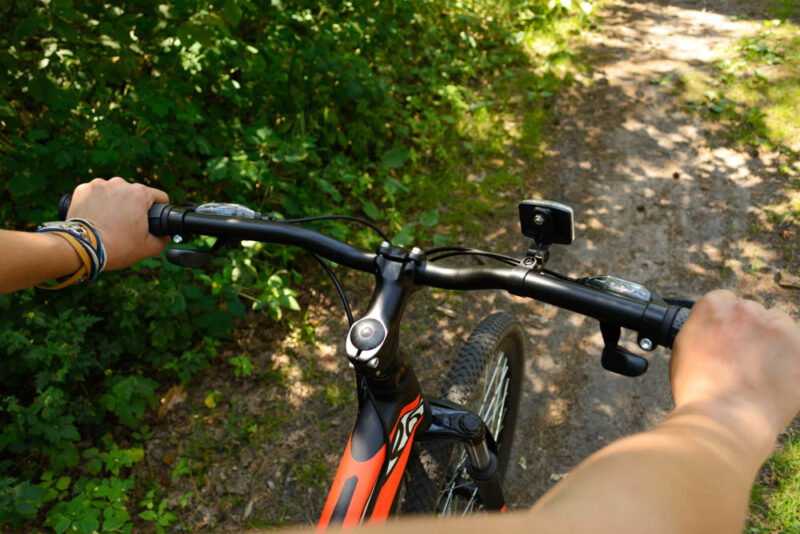
Szeged – 1 night
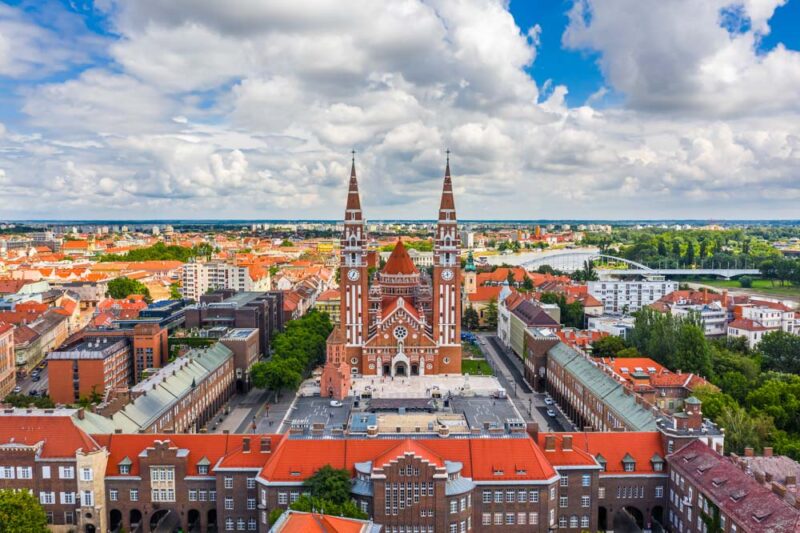
Your next stop is Szeged, one of the best cities to visit in Hungary. It’s a 3-hour drive from Debrecen to Szeged. It’s best to get an early start, so you’ve got time to explore. This is Hungary’s third-largest city, and it’s best known for its glorious art nouveau architecture.
Nouveau Architecture
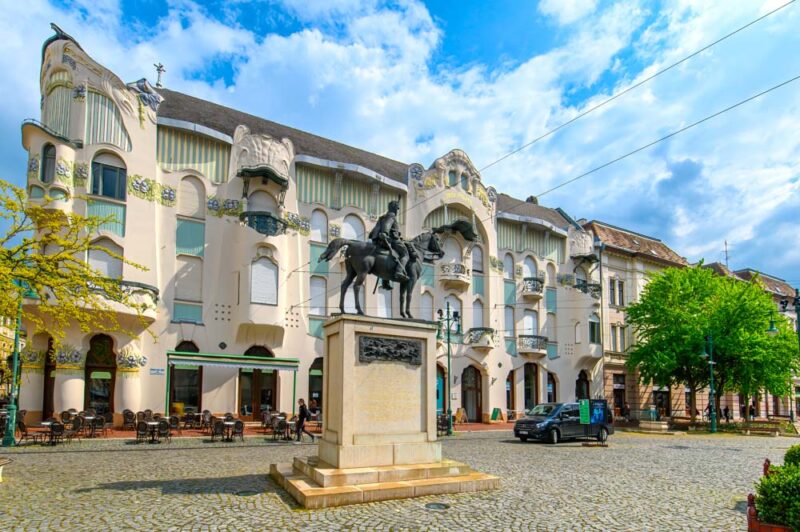
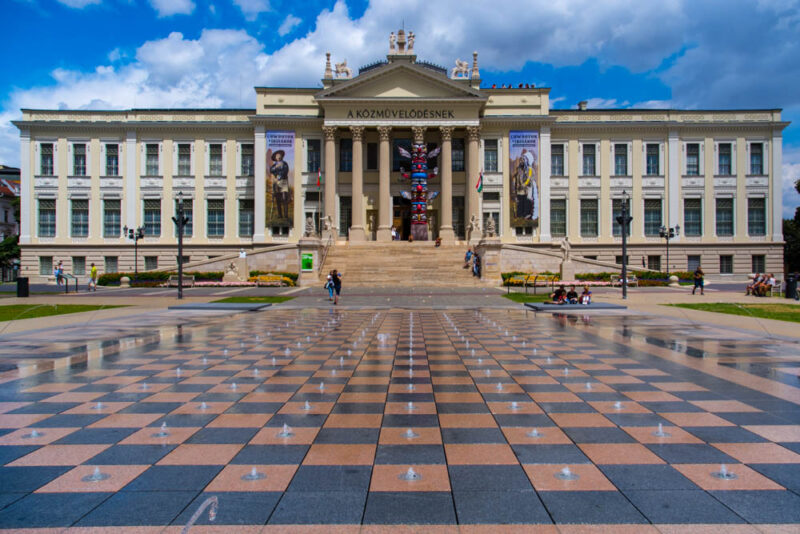
Despite being settled since Roman times, take a tour of Szeged, and you’ll learn that the city was almost completely wiped out by a flood in 1879. From the ruins of this great catastrophe, the old city was rebuilt in the art nouveau style that was flourishing throughout Europe at the time.
You’ll see this distinct style across Szeged, with notable examples being the magnificent Reok-Palota (a palace turned cultural center) and the buildings around Szechenyi Square. You can also visit the world’s fourth-largest synagogue and stop off at the Mora Ferenc Museum to learn more about local history.
Pecs – 1 night
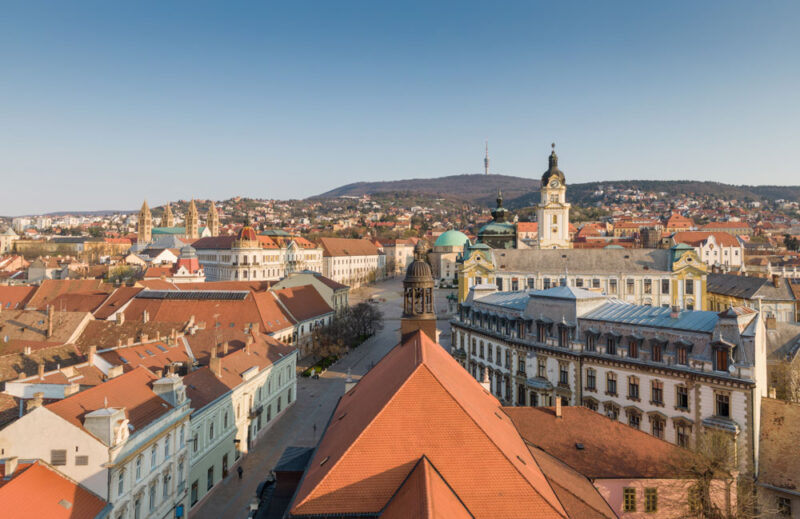
You only need one night to see the main sights in Szeged, and your whistle-stop tour of southern Hungary continues as you travel west. It’s another 3-hour drive to Pecs, Hungary’s fifth-largest city, which is found close to the Croatian border.
Pecs is a great place to unravel the unique layers of history that make Hungary the country it is today. This has traditionally been a multicultural city, a status it’s held since it was first founded as the Roman city of Sopianae in the 2nd century BC.
In later centuries, the city became one of the first centers of Christianity in Europe, and today, you can visit the UNESCO World Heritage-listed Early Christian Mausoleum to learn more about this intriguing era of Pecs’ history.
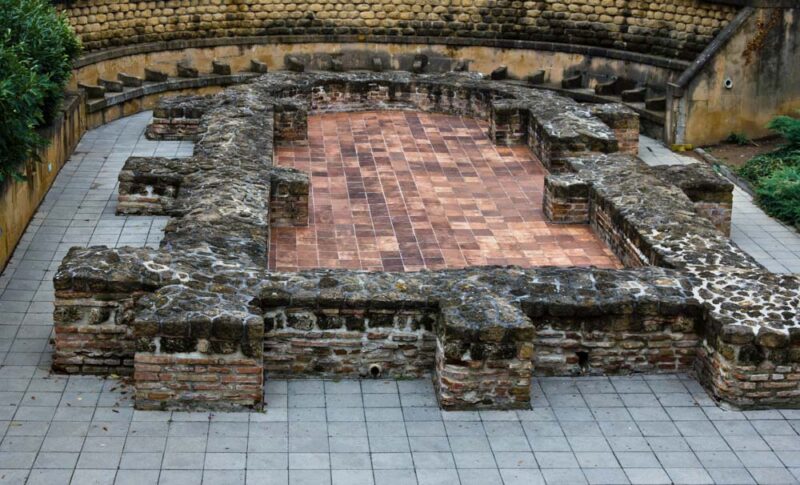
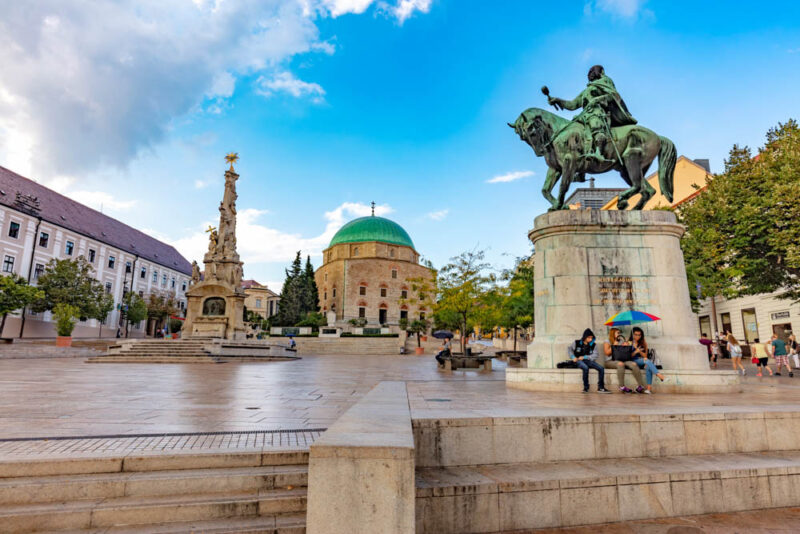
Pecs was then conquered by the Hungarians, who arrived here in the 9th century AD. The cathedral dates to the 11th century AD, although it was heavily redeveloped in the 19th century. Pecs was also conquered by the Ottomans, who left behind an Islamic legacy in the 16th century Yakovali Hasan Pasa Mosque, which you can visit during your stay.
Much of the city center architecture then dates to the 19th and 20th centuries, including grand squares and museums. Take a tour with a local guide to learn more about the layers of history.
Lake Balaton – 3 nights
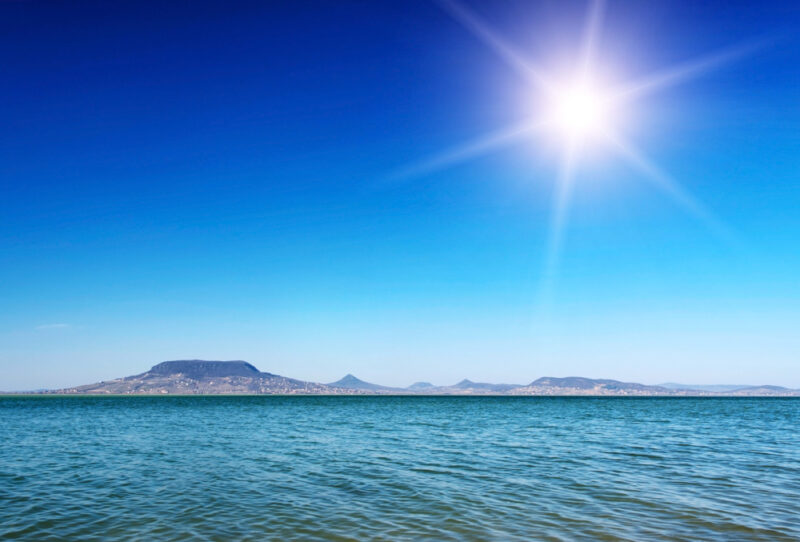
After two fast-paced days of city hopping in the south, it’s time for a well-earned break on the beautiful banks of Lake Balaton. At around 50 miles in total length, Lake Balaton is the largest lake found anywhere in Central Europe. It’s also one of the best places to visit in Hungary, and we recommend spending three nights here to relax, unwind, and enjoy the sights.
The lakeside is lined with little tourist towns and resorts. One of the best bases is Siofok on the southern shores, although this popular town gets busy in summer when all of Budapest descends on the lake.
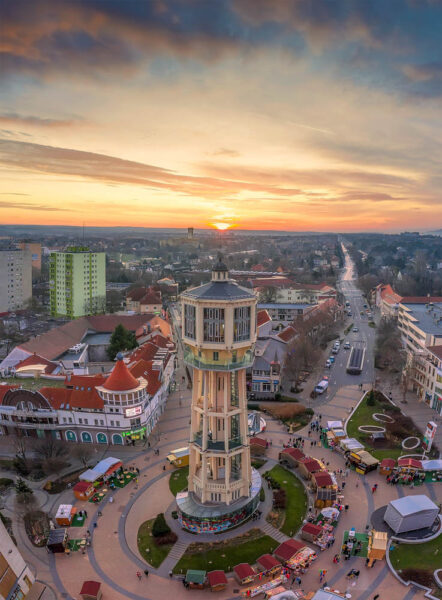
On the northern shore, you’ll find volcanic hills and beautiful vineyards that produces excellent vintages from the fertile soil. One of the best bases here is Balatonfured, where you’ll find lots of apartments and hotels for rent.
Bathhouses in Heviz
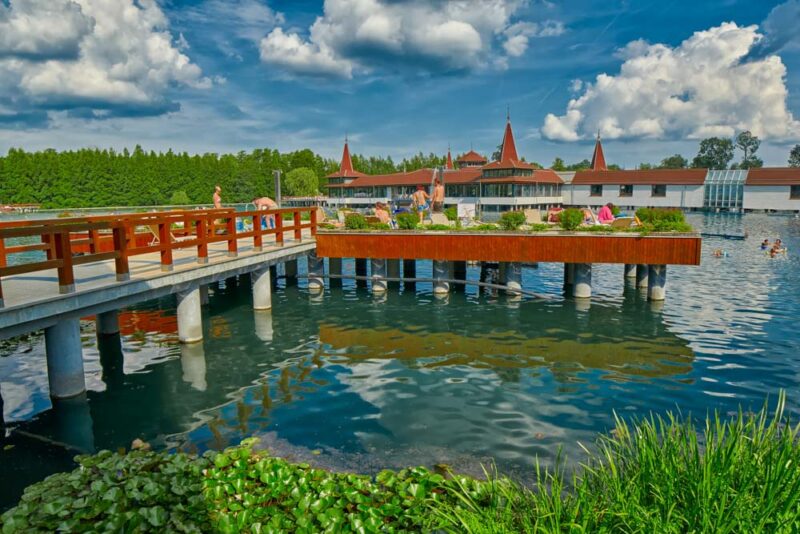
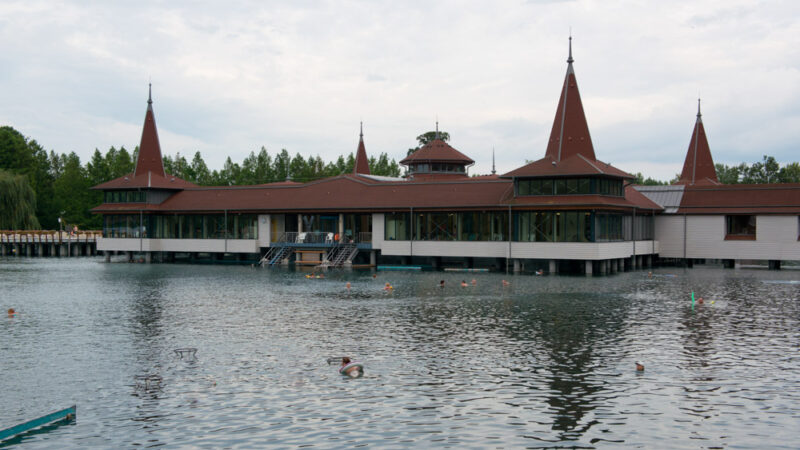
Once you’re settled in, it’s time to take a well-earned rest day around the lake. Take a stroll along the lakefront, rent a bicycle, or visit one of the many outdoor pools for a swim in the fresh water. You could travel to the nearby town of Heviz (just inland from the lakeshore), where thermal waters have been channeled to the bathhouses for centuries.
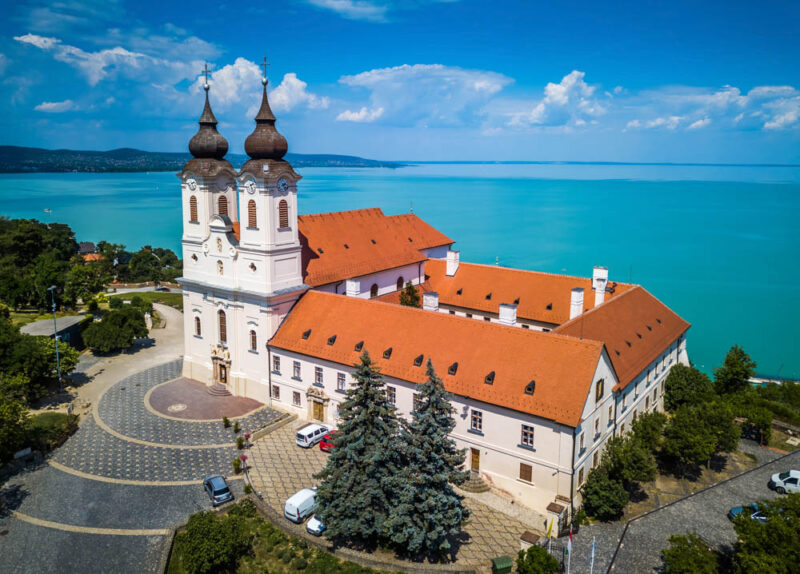
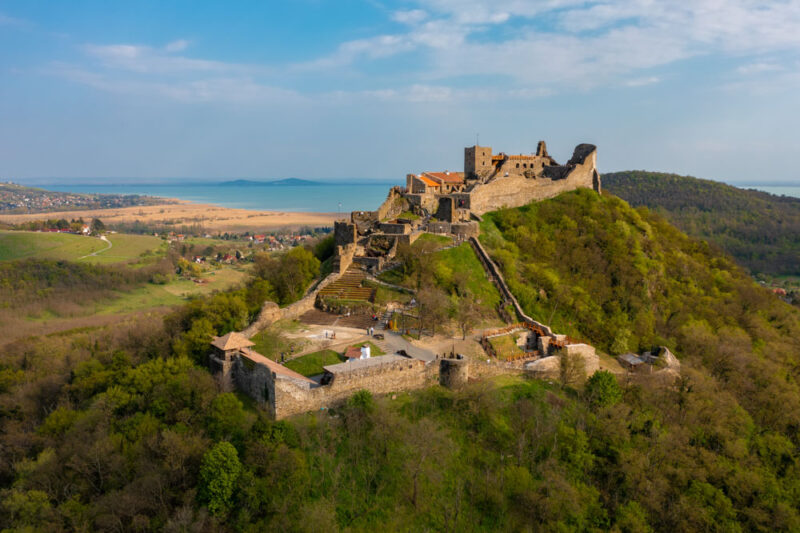
The next two days are yours to enjoy. You can soak up more mineral waters in Heviz or take a cruise across Lake Balaton. The charming town of Tihany, with its 11th-century Benedictine Abbey and famous “Tihany Echo,” is one of the must-see places in Hungary, while Szigliget Castle is a masterpiece of medieval architecture. In summer, the lake plays host to Balaton Sound, one of the best music festivals in Central Europe.
Sopron – 2 nights
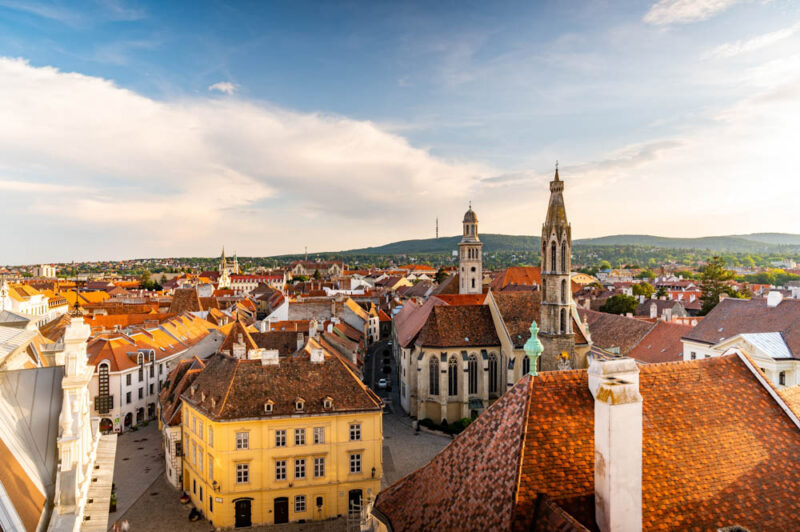
After an action-packed trip exploring the best Hungary attractions, it’s time for one last stop as your 2-week Hungary itinerary comes to a close. Suitably refreshed after your break in Lake Balaton, it’s a 2-hour drive north to Sopron.
This wonderful city is located just miles away from the Austrian border, and it’s the traditional crossroads between the two nations. Take a tour through the city, and you’ll see Austrian influences in the architecture, while the “Loyalty Gate” went down in local history as the location where citizens were made to choose between Austrian and Hungarian citizenship.
Sopron Wineries

Explore the sights of the Old Town, then take a trip into the surrounding vineyards. Sopron’s wineries are known for producing a delectable range of red and white wines (Hungary is predominantly a red wine-drinking nation, so the white wine is fairly unusual here).
Ferto-Hansag National Park
Take a tour of the wineries, then visit the nearby Ferto-Hansag National Park, a marvelous area of wetlands that stretches across the border into Austria. It’s a beautiful yet relatively unknown section of wilderness in Hungary’s northwest, and you’ll love the space, the unique scenery, and the wildlife that’s protected here.
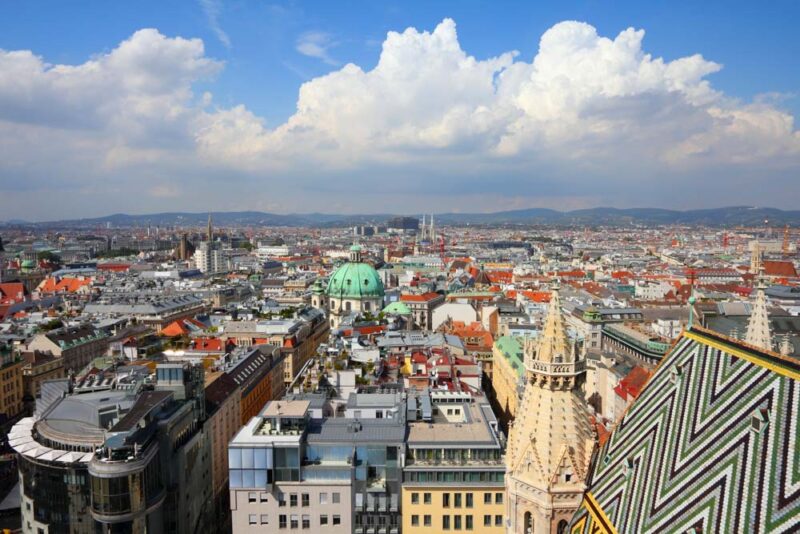
Sopron is closer to Vienna (a 1-hour drive) than it is to Budapest (a 2-hour drive), so you can travel onwards into Austria rather than backtracking to the Hungarian capital if you prefer. You’ll find that Vienna is well connected to the rest of the world, so this often makes for a more convenient departure point than Budapest.
There you have it! That’s our perfect 2-week Hungary itinerary. Where will you be traveling during your trip to Hungary?
Planning a trip to Hungary? Check out our favorite books and travel guides!
SHARE THIS ON PINTEREST
